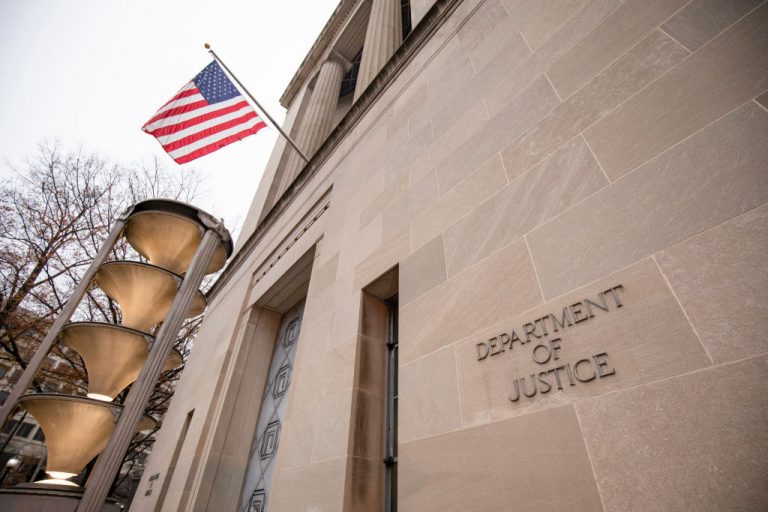According to Boeing factory logs, obtained by the Wall Street Journal (WSJ), in the months leading up to January’s near tragedy involving a door plug on a 737 Max 9, the production facility where the aircraft was manufactured was dogged by delays while employees were under pressure to deliver.
The production breakdown is detailed in the company’s Shipside Action Tracker (SAT) entries, an internal messaging service used by Boeing to address production issues. The entries were reviewed by the WSJ.
The SAT entries indicate that Boeing employees escalated issues concerning the ill fated 737 MAX 9 several times leading to weeks of delays and manufacturing errors.
The records reveal Boeing employees escalated issues around the jet to a “Tier 3” priority, a move intended to attract the attention of higher-level management. An internal message read: “$$TIER-CHG: 2 – 3 $$.” The dollar signs were reportedly used to draw attention to the SAT entry.
“The communications of the Boeing employees working on the door plug, previously unreported, help illuminate why it blew off during an Alaska Airlines flight on Jan 5. The factory was in disarray. Crews were unable to keep a schedule and apparently didn’t follow procedures, and production pressure mounted as delays piled up, according to entries in the SAT, people who have reviewed the logs and interviews with Boeing employees who worked on the plane,” the Wall Street Journal reported.
Success
You are now signed up for our newsletter
Success
Check your email to complete sign up
Work on the jetliner was delayed 50 times, with the length of the delays ranging from a half-hour to days.
READ MORE:
- Boeing Whistleblower’s Apparent Suicide Sparks Intense Online Discussion
- ‘I would absolutely not fly a MAX airplane’, Ex-Boeing Manager Warns
- Portland Physics Teacher Finds Missing Door From Alaska Airlines Boeing 737 MAX 9 in Backyard
Damaged rivets
Central to the issue were a number of damaged rivets on the fuselage that required replacing. The section had been manufactured by one of Boeing’s suppliers, Spirit AeroSystems, before it was shipped by train to the Boeing facility.
The SAT logs show that employees had to wade through multiple layers of management in order to address the problem and that the work took days to complete.
The work involved opening and removing the door plug which was installed to replace an unused emergency exit.
In addition, during an investigation of the incident by the National Transportation Safety Board (NTSB), it was revealed that workers also failed to replace four critical bolts required to keep the panel in place.
The breakdown in production had near fatal consequences. On the evening of Jan. 5 the panel blew off an Alaska Airlines flight, flying out of Portland, just seven minutes after takeoff and nearly three miles above Oregon forcing pilots to make an emergency landing.
Fortunately, the seats situated near where the panel blew out were unoccupied.
None of the 171 passengers or six crew members on board were injured; however the rapid decompression of the cabin caused the emergency oxygen masks to deploy.
The incident forced the grounding of 171 Boeing jets from multiple airlines and the cancellation of hundreds of flights.
READ MORE:
- FAA Grounds 171 Boeing MAX 9 Aircraft Following Serious Mid-Flight Incident
- Boeing in Hot Water For Aircraft Peeling Issue
- Boeing in Hot Water After 132-Fatality China Eastern Plane Crash
Boeing pledges to do better
In the wake of the controversy, Boeing executives have said that they will be slowing down production at its factories to focus on quality and “will take new steps to prevent problems from being pushed down assembly lines,” the WSJ reported.
Boeing is reportedly in talks with its supplier, Spirit AeroSystems, to acquire the company in an effort to address quality issues. Boeing has also amended its bonus plan for employees, changing the emphasis from meeting financial targets, to instead focus on quality and safety.
At a recent investor conference, Brian West, Boeing’s finance chief admitted, “For years, we prioritized the movement of the airplane through the factory over getting it done right,” adding that, “That’s got to change. The leadership team got it in the immediate aftermath of January 5.”
In a note to employees, Boeing CEO Dave Calhoun called the incident “a watershed moment” for the company that requires a “total commitment to safety and quality at every level of our company.”
The comments come after two fatal tragedies involving Boeing aircraft that claimed a total of 346 lives; a Lion Air crash on Oct. 29, 2018 and an Ethiopian Airlines disaster on March 10, 2019.
In June, 2021 Boeing agreed to pay $500 million to compensate the heirs, relatives and beneficiaries of the passengers who died on both of the flights.
The compensation is part of a $2.5 billion Justice Department settlement reached with Boeing after prosecutors charged the company with fraud over the certification of the 737 MAX following the two fatal crashes.







